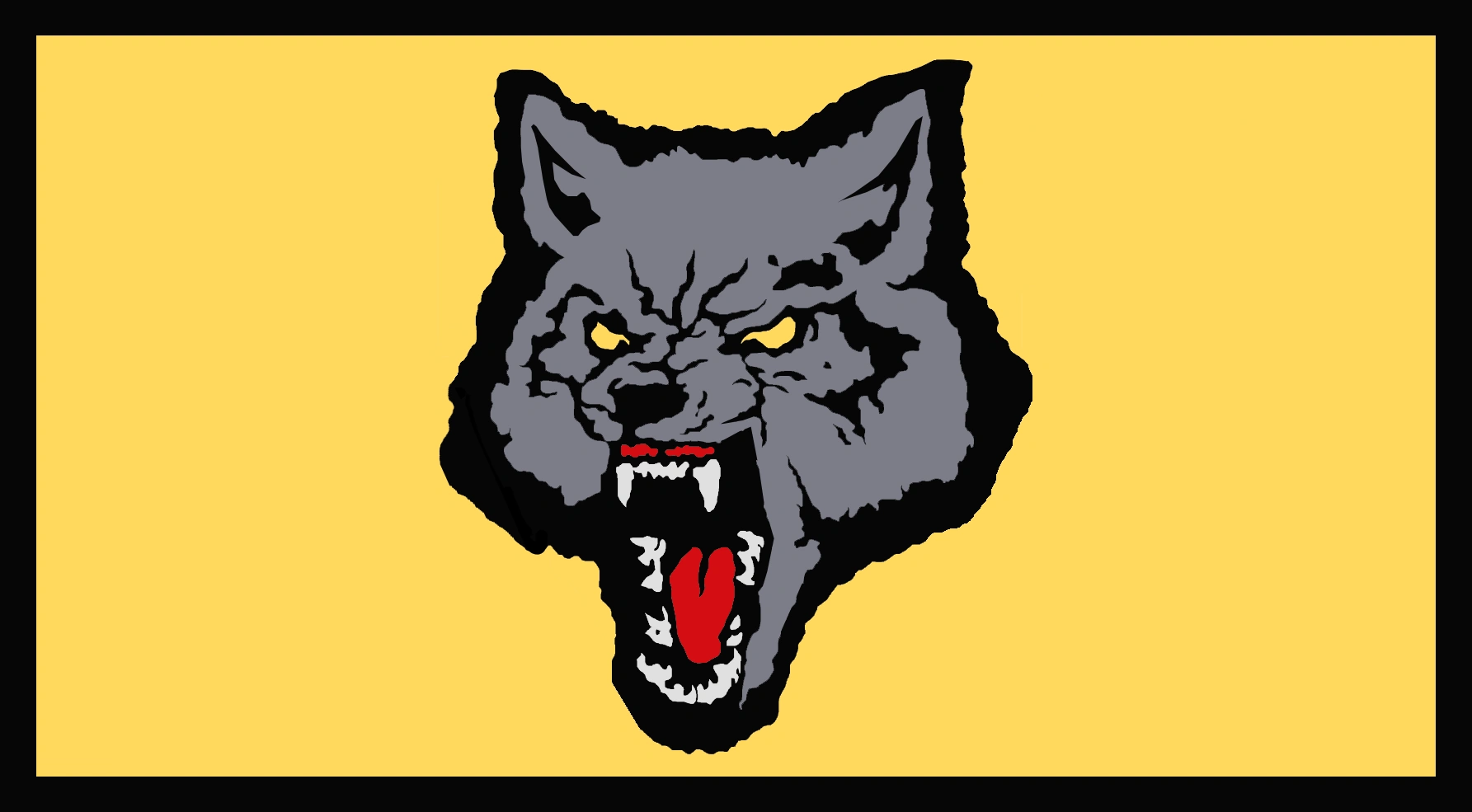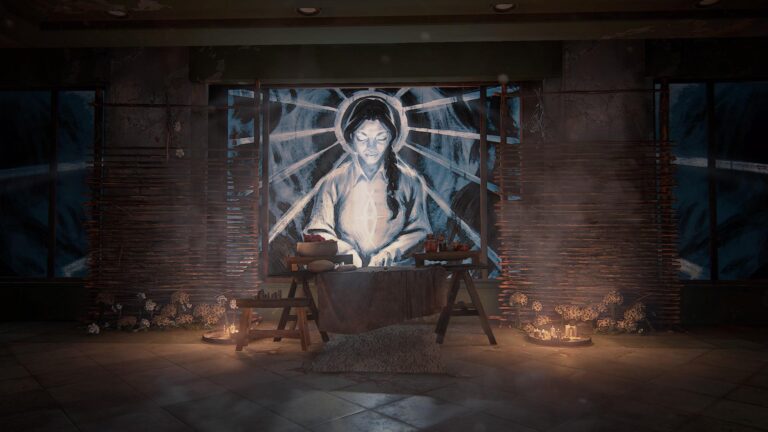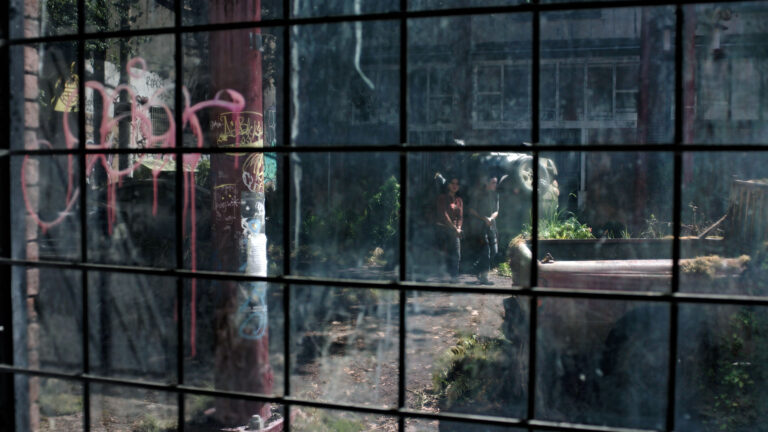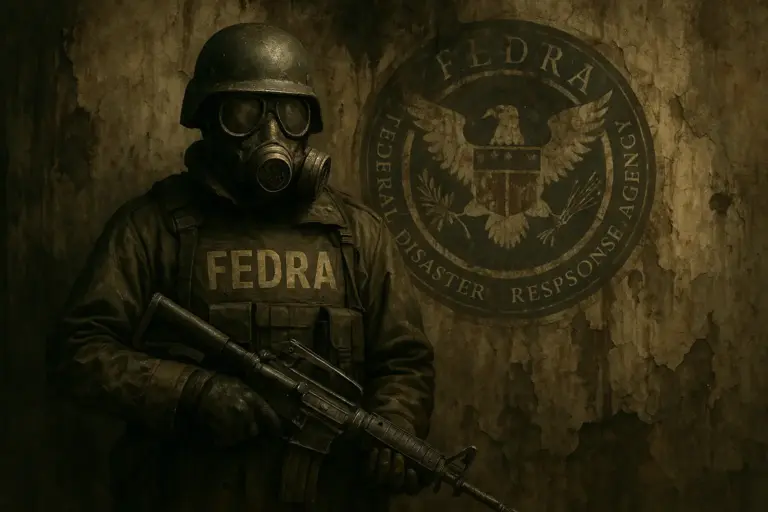The Wolves’ Rise and Rules in The Last of Us Universe
The world of “The Last of Us” has a knack for introducing dangerous people with even wilder philosophies, but few groups spark more debate than the infamous Washington Liberation Front – yep, those folks better known as the Wolves. So, what’s the real story behind the body armor, snarling patrol dogs, and the kind of “liberation” that can terrify even the clickers? Let’s bust open the gates to this Seattle power player and see why they’re the big dogs of the TLOU universe.
How Do You Form a Militia? The WLF’s Fiery Beginnings
Anyone who played “The Last of Us Part II” or recently binged the HBO show’s second season knows – Seattle’s no vacation spot. When society crumbled, FEDRA rolled in like the world’s strictest hall monitor. But power brings abuse, and after a horrific event called the Thursday Market Massacre – where FEDRA straight-up fired on hungry protesters – people snapped. That massacre became the rallying cry. The city’s survivors, tired of rations and iron fists, found their hope in a resistance: The Washington Liberation Front.
Action speaks louder than words; so, under the charismatic and battle-hardened Isaac Dixon, the WLF stormed FEDRA out of Seattle. Isaac’s origin story gets even juicier on HBO, where he’s not just a rebel leader but a former FEDRA commander who defected. Veteran to vigilante. He’d seen what the military could do – and he’d had enough. The transition feels personal and messy, which fits the show’s style.
And here’s a tasty piece of trivia: Isaac sports the face and voice of Jeffrey Wright, an actor basically born to play complex leaders – HBO fans will remember his layered roles elsewhere. TV Isaac is cruel, pragmatic, and smart. Think of him as the anti-charisma – he leads through results, not warm fuzzies, and he’s not afraid to bring out the torture tools if he thinks it’s for the greater good (just ask that poor Seraphite and the frying pan in Season 2, Episode 4!).
Where the Wolves Live: Making a Stadium a Home
Of all the post-apocalyptic miracle moves, the WLF’s stadium makeover tops the charts. Forget dodging infected in the streets – these guys claimed the Seattle Stadium as their HQ. Now, if you thought luxury condos were out of reach, try enemy-infested city stadiums. But the WLF worked miracles. Inside, you’ll find everything a militant society could need:
- Armory and shooting ranges to keep the edge sharp
- Med bays, gym, and training grounds for staying in warrior shape
- Libraries and classrooms for whatever passes as “corrections” in this new world order
- Massive agricultural spaces – because someone’s gotta feed the Wolves
- A full-on dog kennel (after all, these Wolves adore their real canine company)
They built not just a command post but an ecosystem. It’s like if a farmer’s market, a boot camp, and a dog show had a baby in the apocalypse.
Philosophy and Day-to-Day Life: Order, Survival, and a Dash of Paranoia
“Freedom from FEDRA, by any means necessary.” That’s basically the Wolf T-shirt slogan, and they live by it. The Wolves believe in rule through strength – enemies beware and even fellow members need to pull their weight. Isaac’s style? Ruthless efficiency. He demands tight schedules, strict accountability, and loyalty. Disagree too loudly, and well…good luck.
But there’s more to them than just military muscle. The WLF strives for something like order, even if that means stepping on toes or smashing a few skulls. They set up food production, they educate new recruits, and they care – at least a little – about their community. They see themselves as the last defense against chaos. To outsiders, though? They look a lot like the tyrants they overthrew.
Making Friends and Enemies: The War with the Scars
Just ask around Seattle, and you’ll find nobody calls them “WLF.” Out there among the overgrown streets and ruins, survivors whisper, “the Wolves.” Suits them, really – they move in packs, they strike hard, and they defend their turf with teeth bared.
But speaking of adversaries, the real drama boils down to their war with the Seraphites. You may know these as the Scars, and yes, it’s because of those gnarly facial markings. The Seraphites are religious, calm, and creepy in that silent, bow-wielding way. The Wolves and the Scars locked themselves in a bloody struggle for control of Seattle’s neighborhoods, bridges, and resources.
This battle isn’t just a plot device. Both sides commit atrocities. The lines blur. Sure, the Wolves insult the Scars’ “superstitions”; the Seraphites see the Wolves as heretics. The tension’s so thick you could cut it with an infected’s femur bone. The HBO series actually dials up this rivalry even sooner, giving viewers a taste in the first batch of S2 episodes.
Other Factions and Relations: Not Many Handshakes
The Fireflies – remember those idealists from the first game?—don’t play directly with the WLF much, at least not up front. While survivor gangs and minor groups pop up all over Seattle, the Wolves mostly treat outsiders as trouble until proven otherwise. They broker shaky alliances only when it suits their mission.
Anybody hankering for a warm welcome probably won’t get one. It’s not just clickers that keep the Wolves so walled in – they’re cagey about just about everyone. Wolves look out for other Wolves, period.
Spot the Differences: Game vs. Show
So, how do things play out when you hop from the PlayStation to the plush streaming couch? Great question. The Wolves keep their core DNA – still ex-FEDRA rebels, still bent on military discipline – but the TV show mixes things up. In particular:
- Isaac’s backstory: HBO digs deeper, painting him not as a faceless hardliner, but a man wrestling with “what have I done?”
- Timeline tricks: We meet Isaac and see the Wolves’ inner workings earlier in the TV series, stacking the stakes fast
- More dialog, more drama: The show fleshes out Wolves’ relationships, doubts, and cold loyalty in ways a game just can’t
- Jeffrey Wright’s return: Fans of the game will spot the same intense gaze and delivery
So, if you’re here for those spicy deviations between script and stick, you’ll eat well.
Fun Facts, Nods, and a Few Easter Egg Snacks
Let’s rapid-fire some lesser-known tidbits:
- Jeffrey Wright is Double-Dipping: He voices and faces Isaac Dixon in both HBO’s adaptation and the Naughty Dog game itself. That’s rare crossover magic.
- Stadium homages: The repurposed stadium isn’t just a cool set piece – real history saw stadiums repurposed during disasters, like Katrina, adding a grim sense of realism.
- Dogs, Dogs, Dogs: The Wolves lean all the way in with their canine motif – training attack dogs as both morale and muscle. Pro tip: pet all the dogs if you’re playing the game (unless they want to rip your throat).
- Uniform, But Not Uniform: While they dress in body armor and combat boots, the Wolves scavenge and mix gear. You’ll see old baseball gear, sports tape, even bits for the stadium’s old days if you look closely.
- Names Matter: Other groups never call them “WLF”—always “the Wolves.” It’s as much branding as it is intimidation factor.
Some Final Thoughts from the Bleachers
The Washington Liberation Front isn’t just another post-apocalyptic army – they’re a wild experiment in survival, power, and unintended consequences. Whether you march with them, run from them, or just marvel at how they turned an empty stadium into the city’s fort, one thing’s clear: the Wolves define what Seattle means in The Last of Us” world.
Every shot fired, every command barked, every enemy locked up tells us something about how humanity might cling to order once everything else falls away. But trade one kind of tyranny for another, and is that really freedom? Or just new wolves in grandmother’s clothing?
Keep your backpack loaded and ears peeled, because as long as the Wolves call Seattle home, you can bet survival there never gets boring. And you know what? Neither does watching them try.




